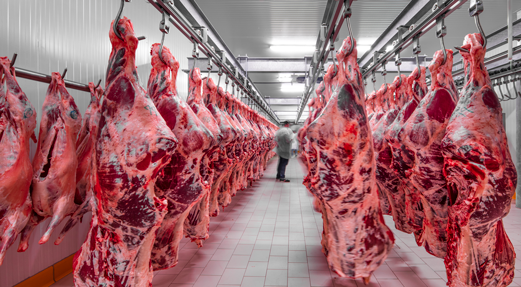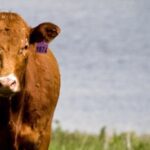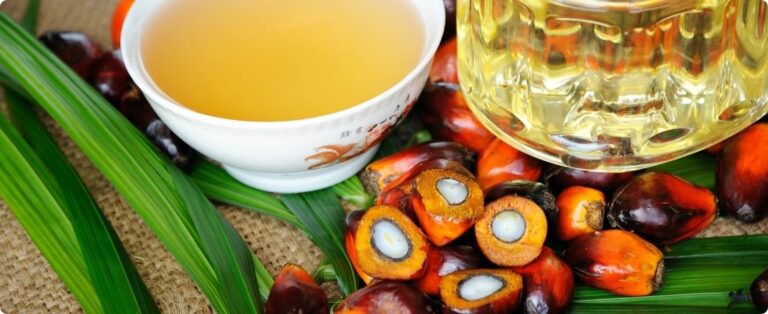
Image: Adobe Stock
The document is the result of the 9th edition of the Conference on China's Agricultural Perspectives, held in April this year, in Beijing, where production, consumption and import trends in the Asian country were presented.
At the conference, important aspects were highlighted that reflect the objectives for Chinese agricultural policy in the coming decades. The main trends show that the Chinese government will seek to significantly develop the country's agriculture, aiming for increases in national production and productivity gains.
{module Form RD}
There are sectors in which China must maintain a certain dependence on the international market, such as the fruit and beef sector, a product that gained space and pleased the Chinese consumer after the outbreak of Classical Swine Fever (ASF) and should continue to grow in the coming years. . In 2021, China imported 2.3 million tons, a volume that is expected to reach 2.8 million tons in 2031.
The publication also provides data on the cultivation area, import forecast, production and consumption of 17 agricultural products, namely: wheat, corn, soybeans, oilseeds, cotton, sugar, vegetables, potatoes, fruits, pork, poultry meat, beef and lamb, eggs, dairy products, fish, feed.
Source: DATA












